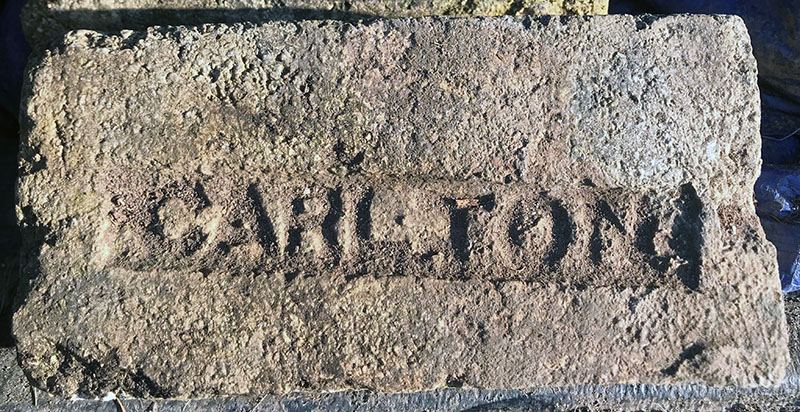

Carlton Iron Company, East Howle Colliery, Durham. Photo by Steven Tait.
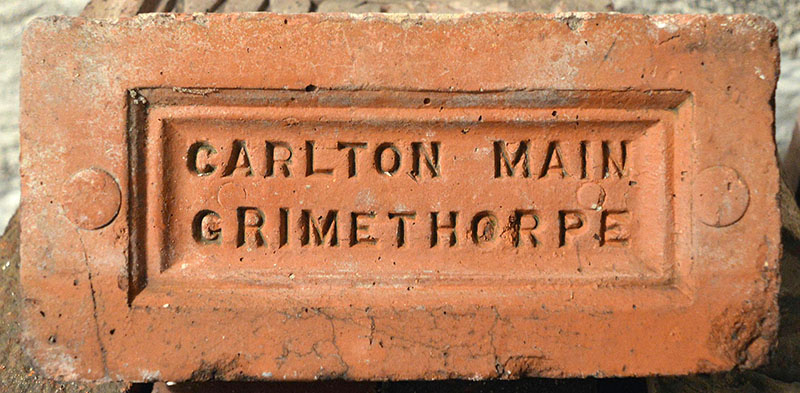
Carlton Main Brickworks, Grimethorpe, Barnsley, South Yorks. Another company still in business today.
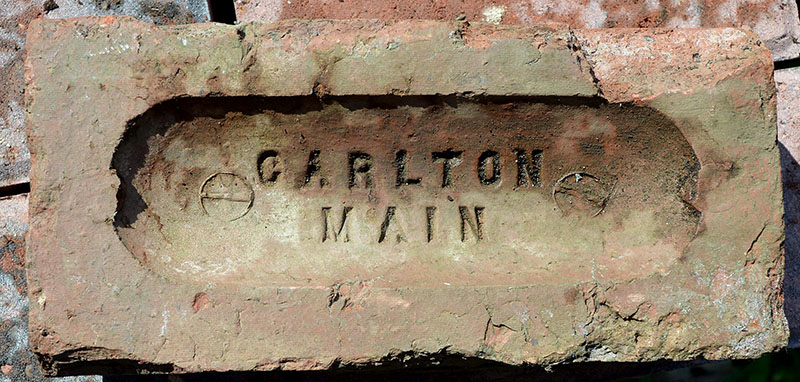
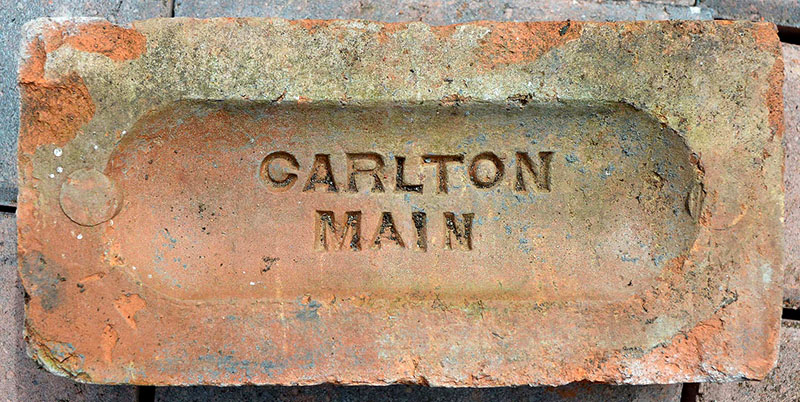
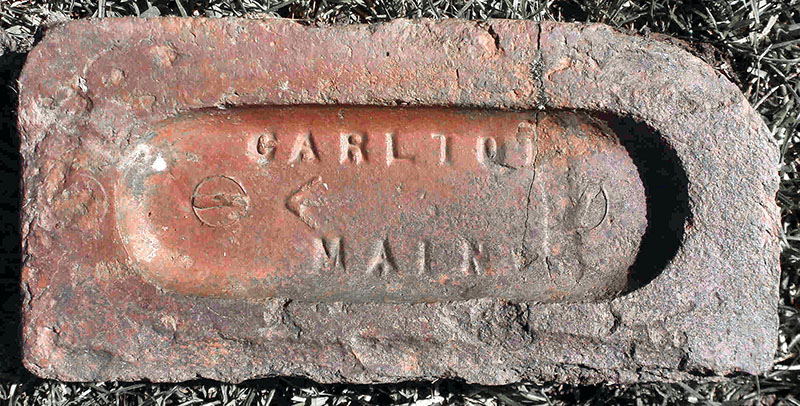
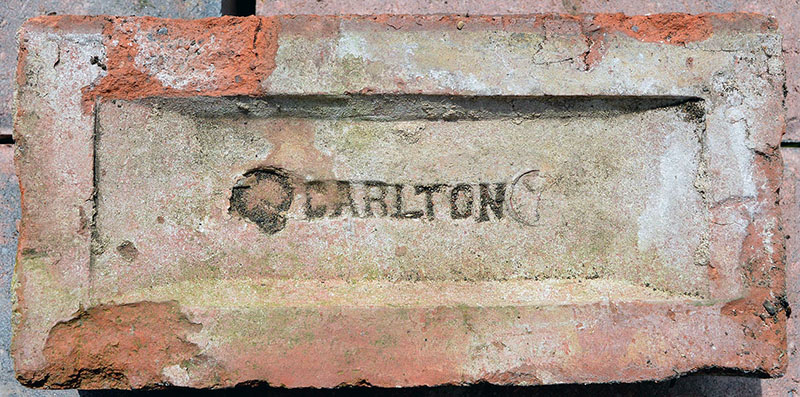
Carlton Main Brickworks was a subsidiary of the Carlton Main Colliery Co. which was established in 1872 and owned many businesses including several collieries. Despite apparent prosperity, the Carlton Main Colliery Company went into voluntary liquidation in early 1952 and was officially liquidated ten years later on 1st August 1962. Brick are still produced on the site by a re-formed Carlton Brick Co. Photos and info by Frank Lawson.
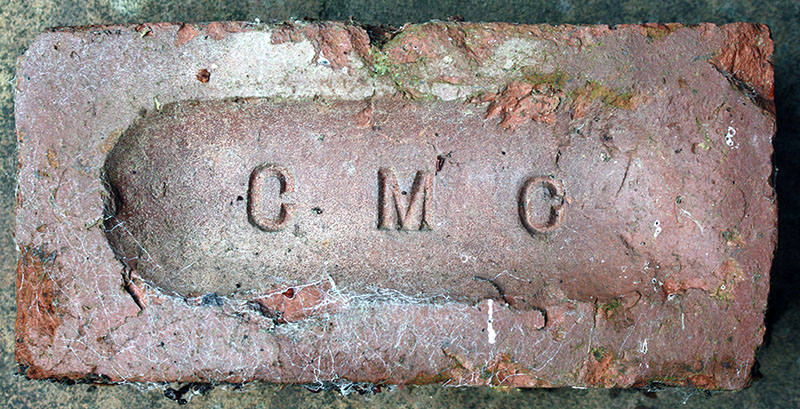
Photo by David Kitching.
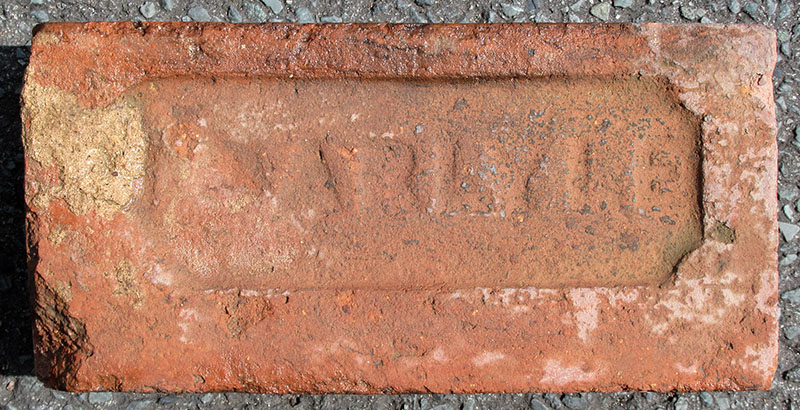
John Carlyle is listed in Kelly’s 1860 edition with the home address of Oxford Street, Dudley. Jones’ 1865 edition records him at Dixon Green nr Dudley. Then Kelly’s 1870 & 72 editions lists him as living at 14, St John's Road, Kates Hill. Kelly’s 1876 to 1888 editions records Carlyle with his brickworks address of Rowley Road, Dudley which was next to Tansley Hill Colliery which he also owned (ref. 1883). John Carlyle was also a grocer & publican in Kates Hill & a Town Councillor in the St Johns Ward. Photo & Info by Martyn Fretwell.
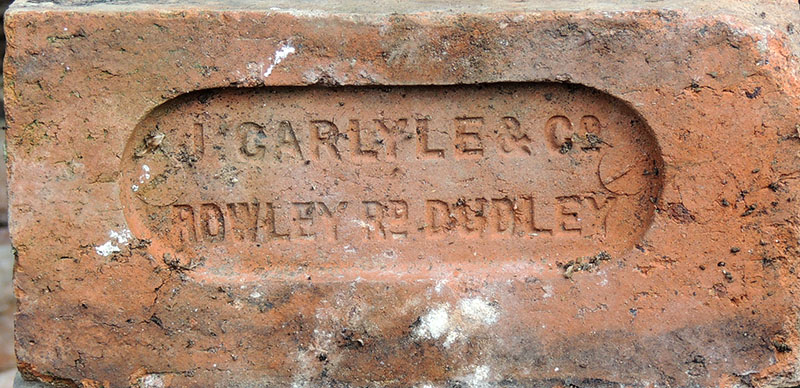
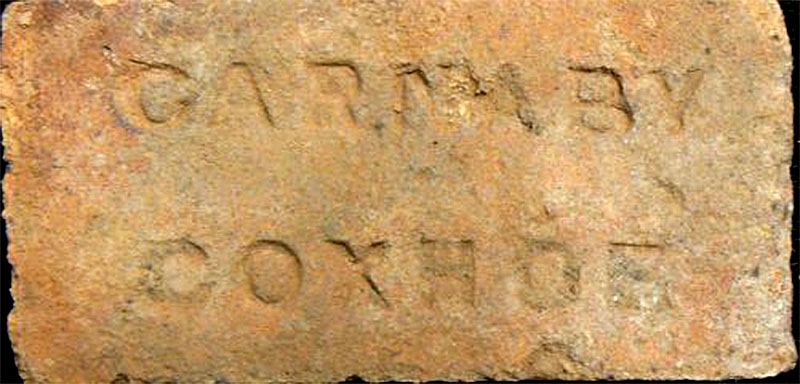
This example was manufactured at Ralph Carnaby's Cornforth
Brickworks in Coxhoe, County Durham. The brickworks is shown on
Ordnance Survey mapping published in 1861 (surveyed 1857), but
is absent from the map of 1898. I haven't found many other
references to this brickworks, other than an article dated 1858
that describes Ralph Carnaby as an insolvent 'shipowner,
manufacturer of fire clay goods and bricks, common brick and
tile manufacturer, and general merchant'. However, Carnaby is
listed as an agent to the Hetton Colliery Company in a trade
directory for 1858, rather than a brick and tile manufacturer,
suggesting that he may have ceased producing bricks by that
date. With this in mind, I suspect that the brick dates to the
mid-nineteenth century. Photo and information by
Ian Miller.

Photo by Chris Tilney.
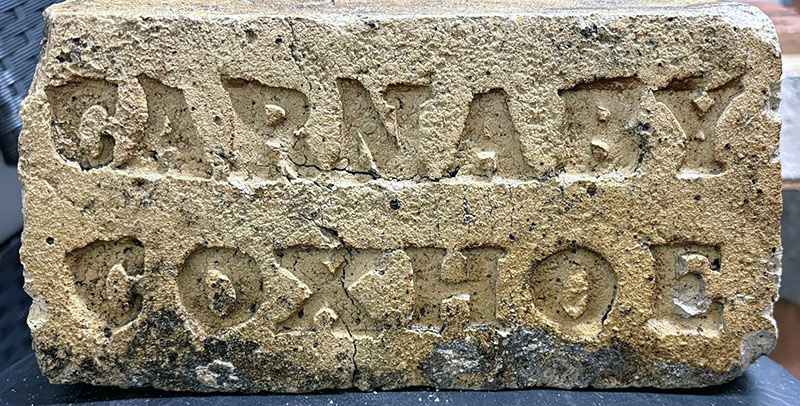
Photo by Terry Wilkinson.
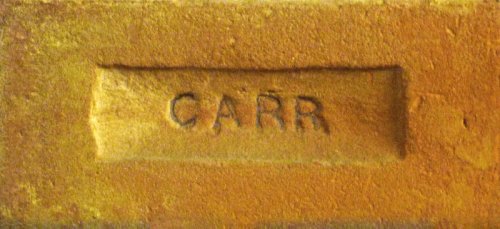
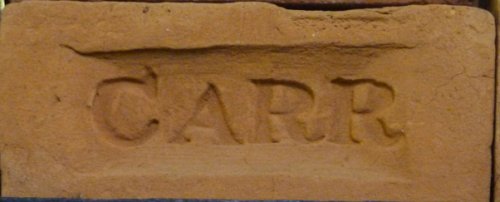
William Henry Carr is listed as brickmaker at Leiston, Saxmundham,
Suffolk in Kellys 1888 edition to Kellys 1925 edition. The 1926
revised OS map no longer shows the works only the remains of the
clay pits. Carr owned two more brickworks, one was on Suffolk
Road, Ipswich & this works is listed in Kellys 1896 & 1900
editions. The other, Valley Brick Works, Foxhall Road, Ipswich is
listed in Kellys 1900 & 12 editions. The 1924 OS map no longer
shows the Valley Brick Works, but the Suffolk Road brickworks is
still shown. It is unknown if Carr still owned this works in 1924
as his last T.D. listing for Suffolk Road is 1900. Info &
Photos by Martyn Fretwell.
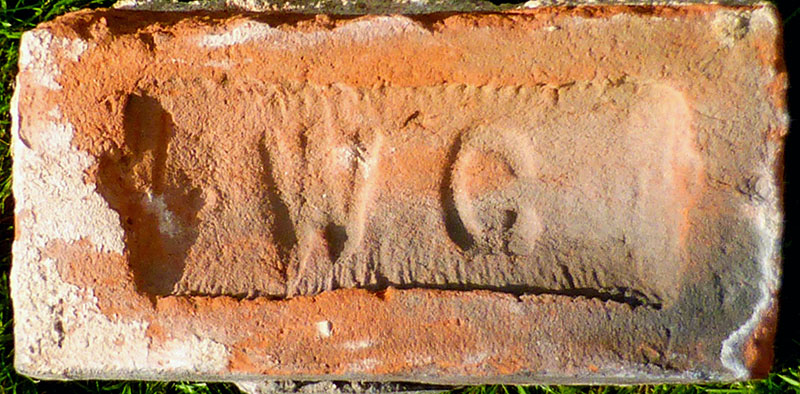
This brick came from a 1932 built house in Felixstowe. Photo by Martyn Fretwell.
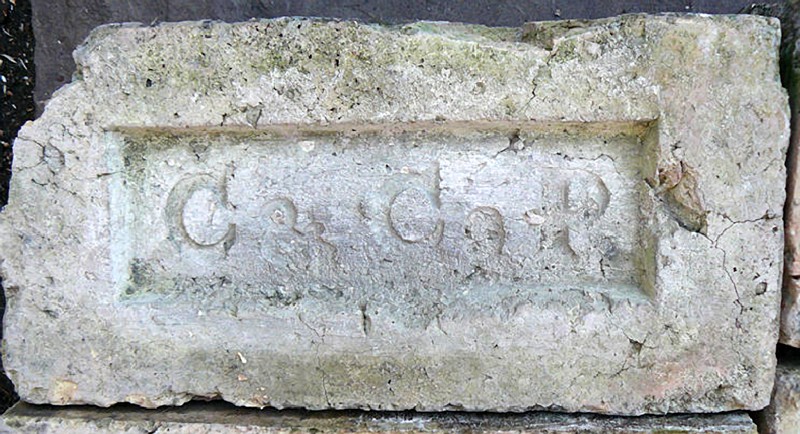
This is thought to be an early product of Burnby Lane Brickworks in Pocklington. For further information about Pocklington brickmakers see the Pocklington History website.

Made by George Carr, listed at 3 addresses in Attercliffe Road area of Sheffield between 1875 and 1904. Info and image PRBCO.
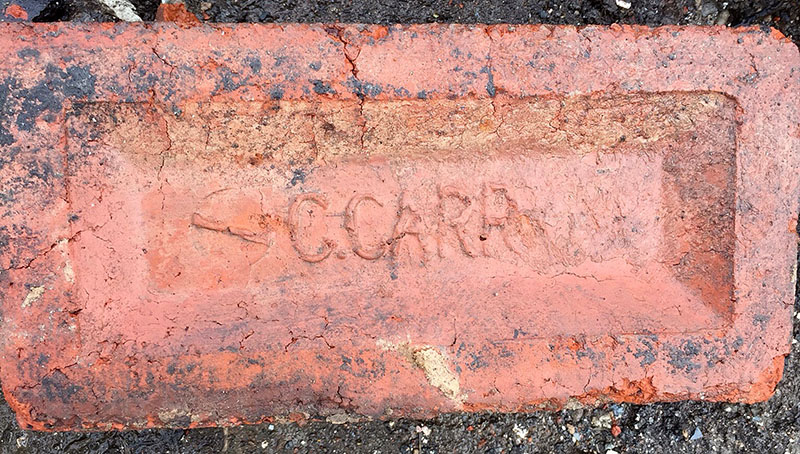
Photo by Antony Meadows.
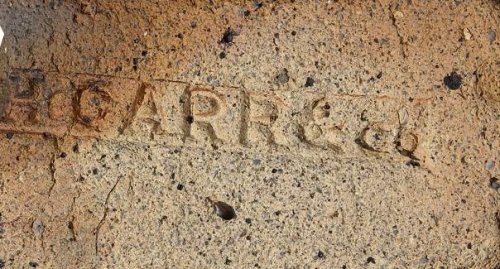
Harrison, Carr & Co owned the Radcliffe Colliery at Amble in the 1860s. Found near Amble by John Jackson.
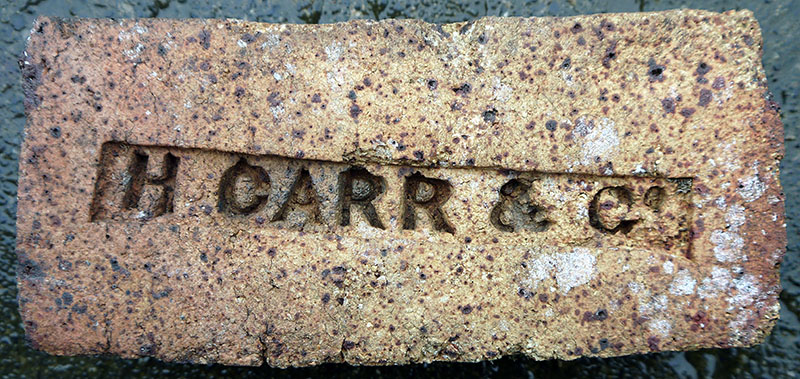
Found not far from Waskerley. Photo by Dave Liddle.
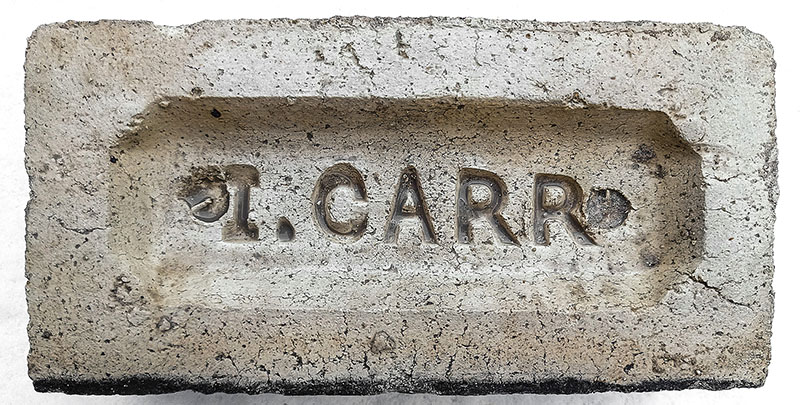
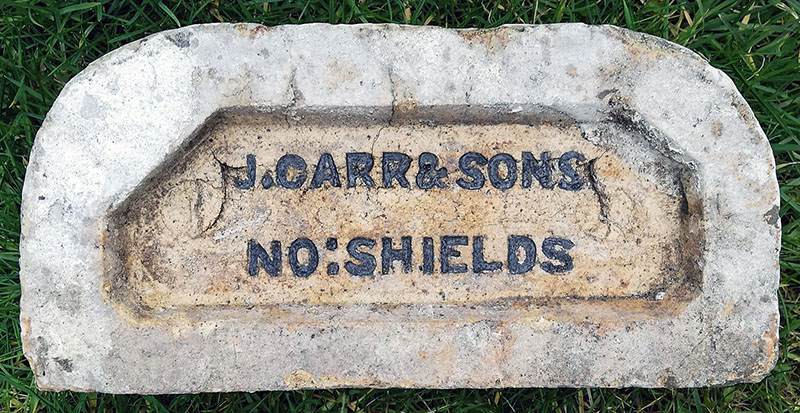
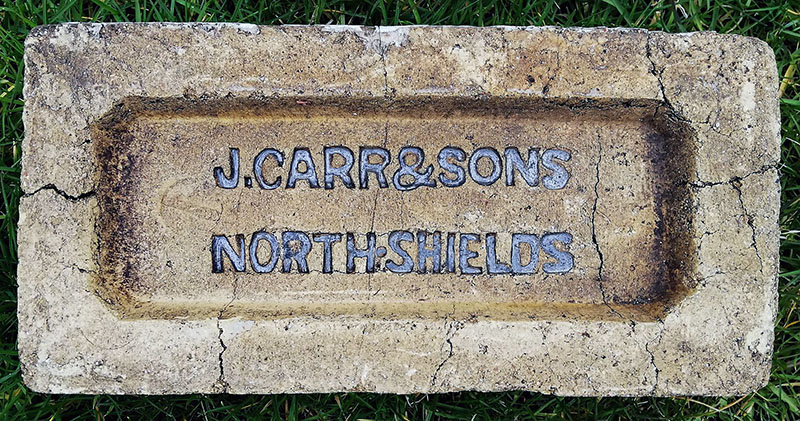
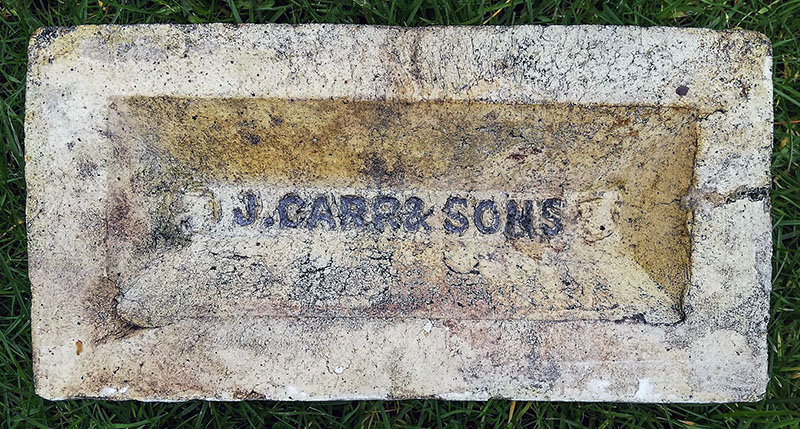
Photos by Chris Tilney.
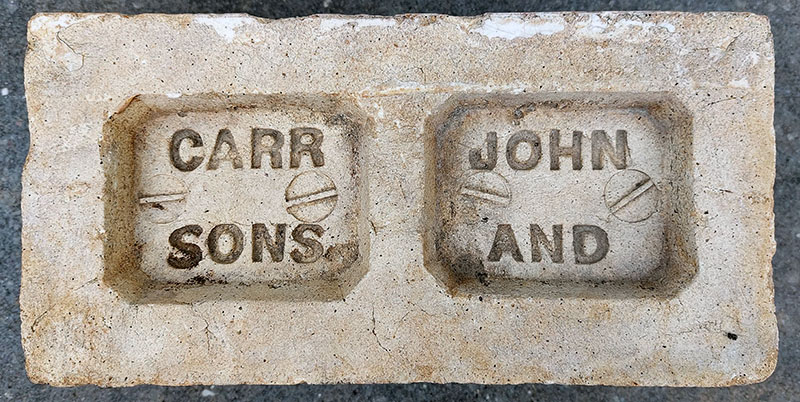
Photo by Ruth Pritchard.
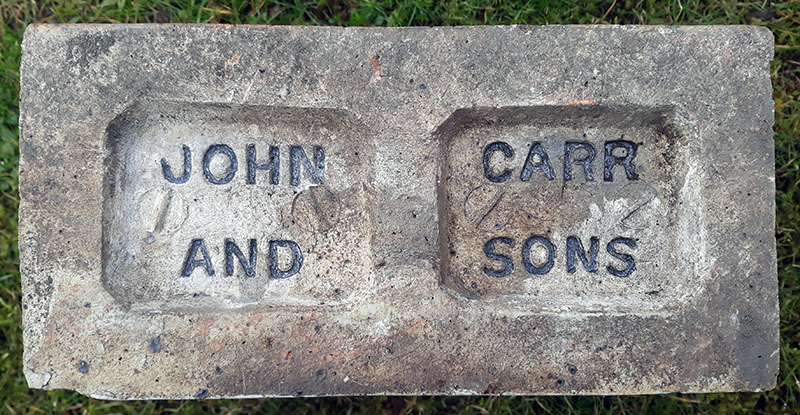
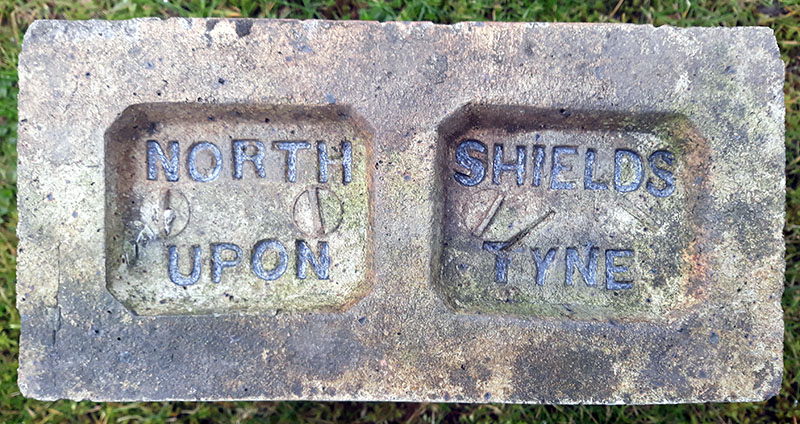
John Carr & Sons, Low Lights, North Shields, Northumberland. Kelly's Northumberland Directory 1894. Photos by Mark Cranston. Bricks from this works were used to build the Percy, Warkworth and Alnwick Avenues in Whitley Bay which were built on land sold in 1898 by Lord Algernon Percy, the Duke of Northumberland. Info by Sue Nicholson.
The Low Lights Pottery was established in 1814 by Nicholas Bird.
In 1829 it passed to Cornfoot, Colville and Company (later
Cornfoot, Patton and Company). When Cornfoot retired and John Carr
became a partner, the name was changed to Carr and Patton, and
then Carr and Company. When the business became the property of
John Carr, he and his sons carried it on as John Carr and Sons.
When Carr took over the business at North Shields, John Patton
took over the Phoenix Pottery in the Ouseburn, Newcastle. Carr
made brown and black wares and ordinary wares. In 1856 these were
discontinued and replaced by ordinary white earthenwares printed,
lustred and painted. They were exported to the Mediterranean,
Egypt and the Far East. Carr also made terracotta vases and
articles for the building trade. The pottery was abandoned between
1890 and 1901 when the company concentrated on firebrick
manufacture. The last directory entry for the firm at 44 Low
Lights was in 1907-8. Info by Frank Lawson.
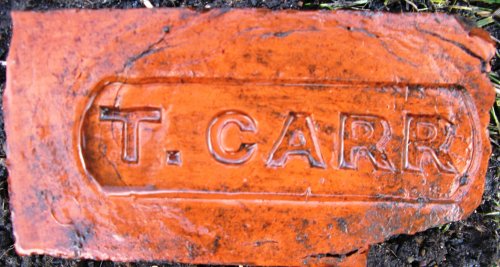
Made at Scotswood between 1828 and 1881 found in an exposed
culvert on the Lanchester Valley railway walk about 8 miles west
of Durham. Photo by Gordon Hull.
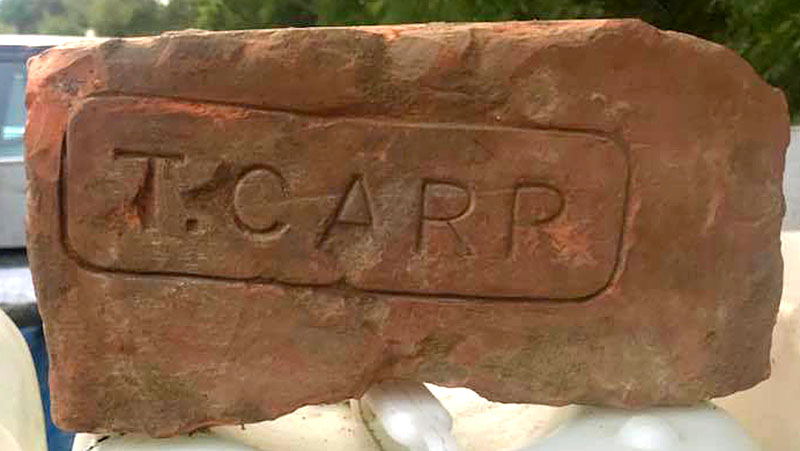
Photo by Michael Gibson.
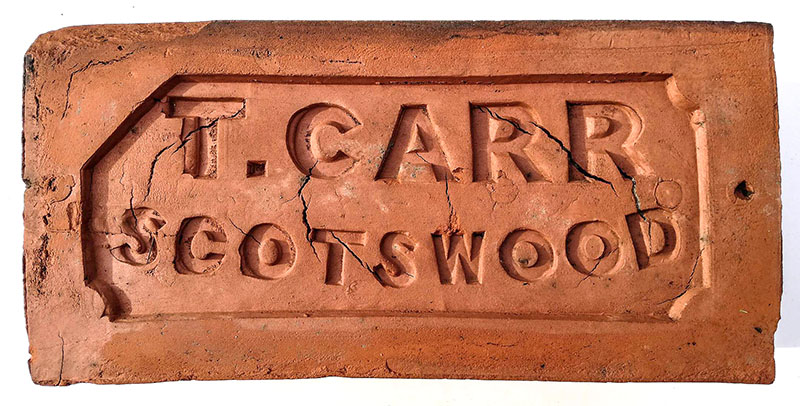
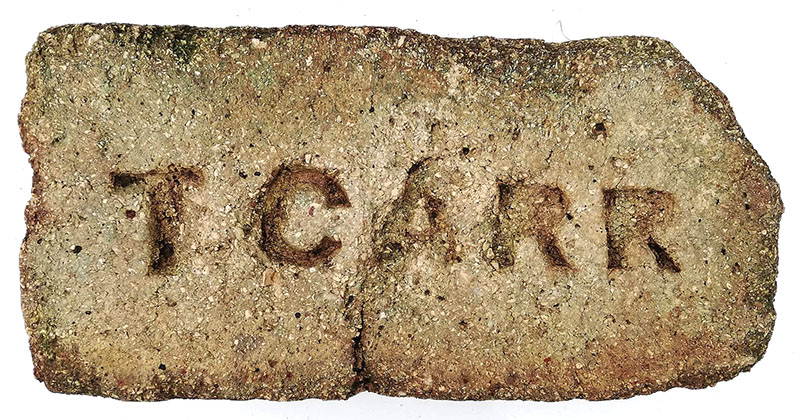
Photos by Chris Tilney.
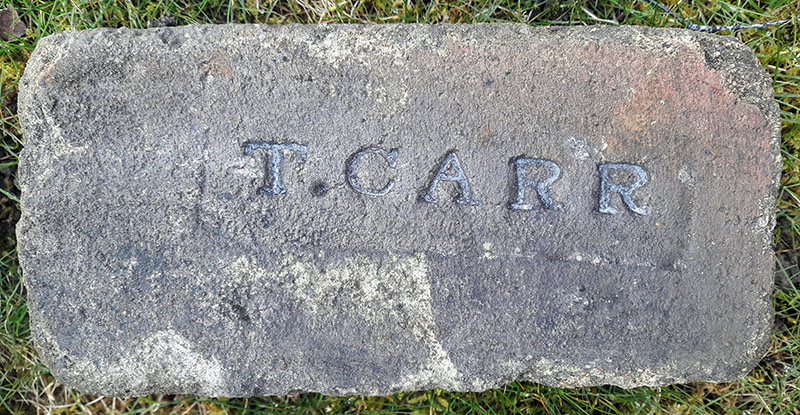
Photo by Mark Cranston.
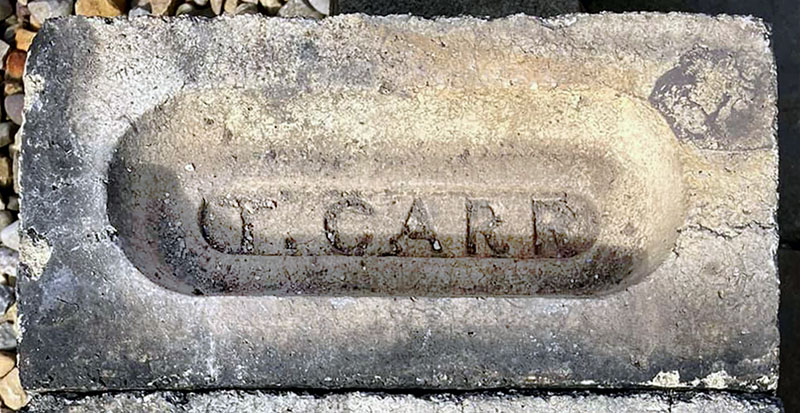
Photo by Neville Akers.
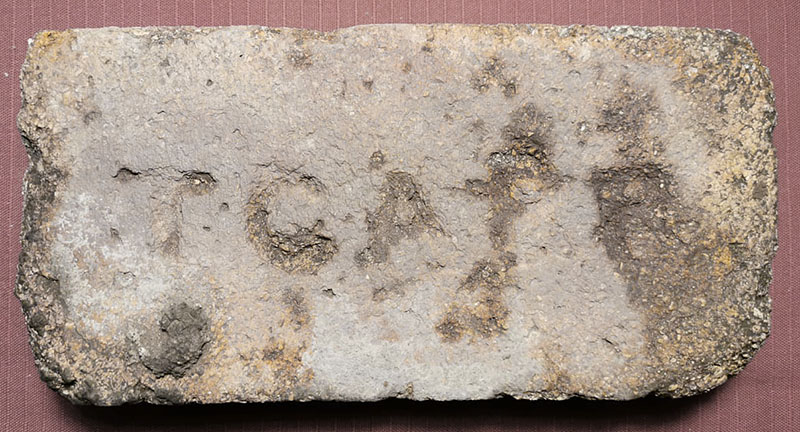
Found in Chile. Photo by Juan Valdivia.

Photo by Patrick Vyvyan.
Martyn Fretwell writes : The 1856 OS map shows the Stourbridge Firebrick & Sanitary Pipe Works at Stourbridge near Pipewellgate, Gateshead & this works is listed as being owned by Walker & Snowball in Slater’s 1855 edition with the address of the New Stone Bridge Fire Brick Works, Gateshead. Around 1865 James Snowball moved to a new works at Derwent Haugh & it's thought it was then that Thomas Carr took over this Stourbridge Firebrick Works, hence the firebrick stamped T. Carr, Stourbridge. The earliest trade directory I have found for Thomas Carr as a fire brick manufacturer is in Ward’s 1850 edition & the entry is Thomas Carr senior ; works, Scotswood; office, 3, Indian Kings Court, Newcastle. Slater’s 1855 edition now lists T. Carr & Son in the Fire Brick section at 28, Quayside, Newcastle (warehouse). Kelly’s 1886 edition reads Thomas Carr, Fire Brick Manufacturer, Printing Court Buildings, Akenside Hill & Scotswood on Tyne. In Ward’s 1890 edition Thomas Carr & Son are listed in the Brick Makers section & the Fire Brick Makers section at Scotswood, Newcastle. The entry in the Fire Brick Makers section of Kelly’s 1894 edition reads T. Carr & Son (now Walter Scott Ltd) office, 21, Grainger Street, Newcastle & the entry in the Brick & Tile Makers section reads Walter Scott Ltd. Scotswood. I have therefore come to the conclusion that Walter Scott continued to produce fireclay bricks under the T. Carr name after this take over & then produce red bricks under his own name. The last listing for T. Carr & Son at Scotswood is in Kelly’s 1914 Fire Brick Makers section while Walter Scott Ltd. is listed at Scotswood & offices at 21, Grainger Street, Newcastle in the Brick & Tile Makers section. Ward’s 1916 edition only records Walter Scott Ltd. in the Brick & Tile Makers section & not in the Firebrick section.
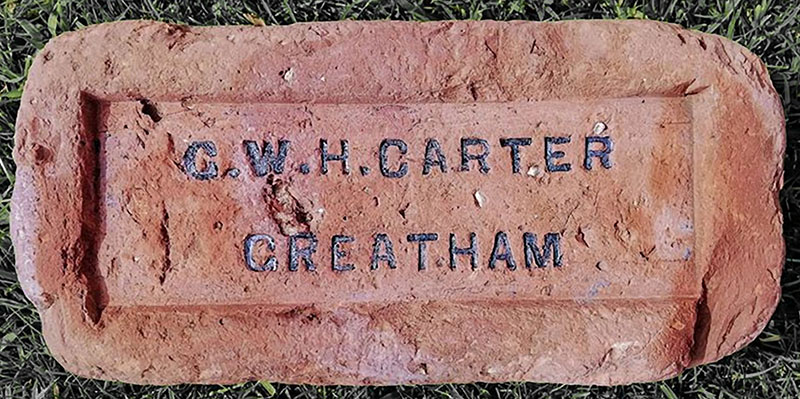
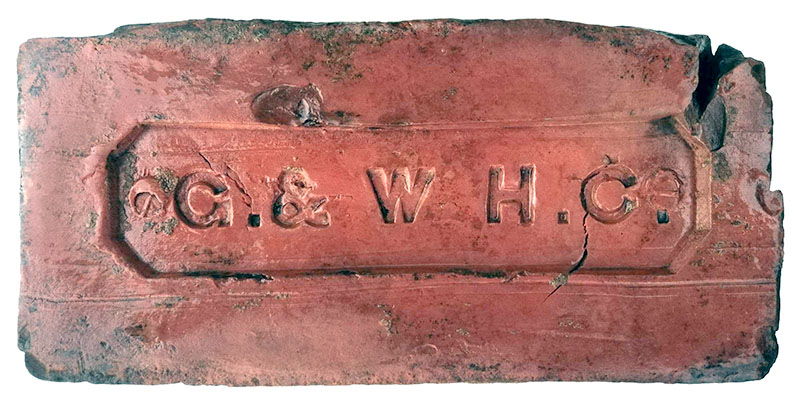
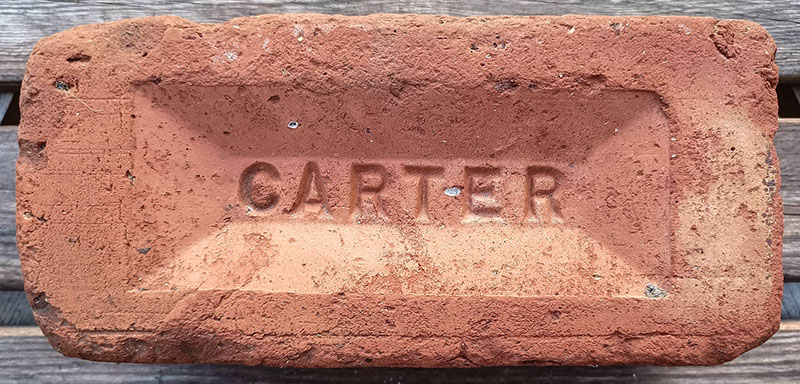
The 1914 Kelly's directory for Durham lists Carter, G & W H, Greatham brick works, Cowpen Bewley, Stockton. Photos by Chris Tilney.
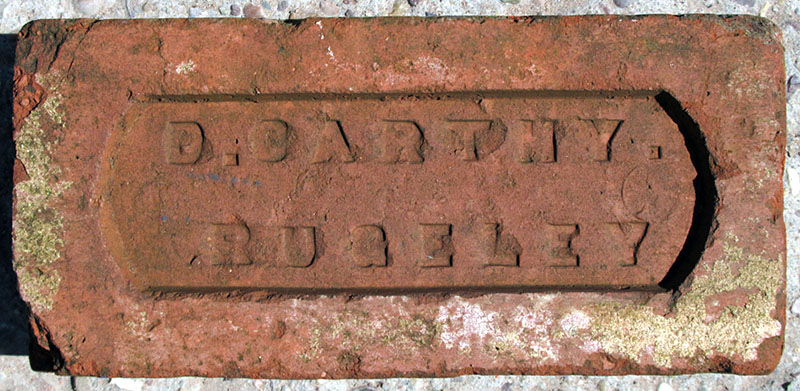
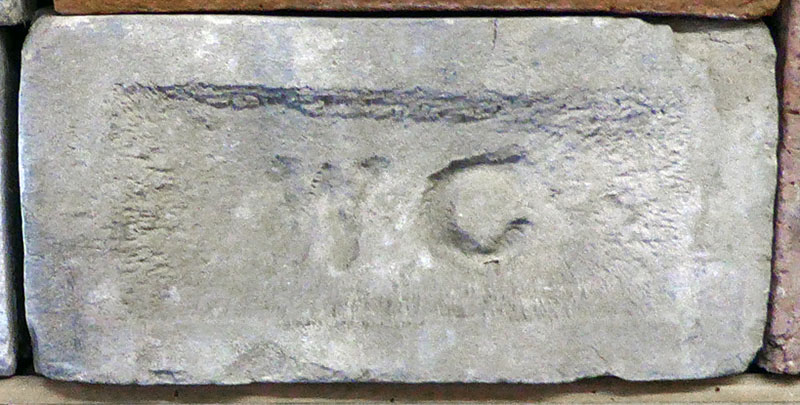
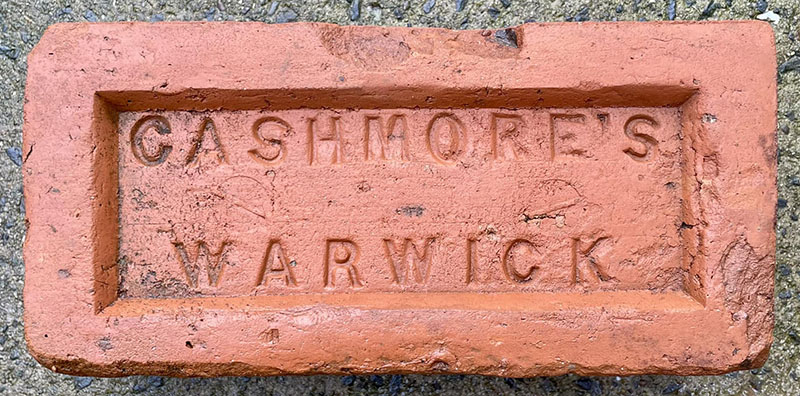
Thomas Cashmore & Son, 34 Smith Street, 19 Priory Road & The Cape, Warwick. By 1880 the trade directory listing had become Joseph Henry & Thomas Cashmore and by 1904 it had become Joseph Henry Cashmore & Sons. The OS Map of 1905 indicates that the brickworks was situated at The Cape, Warwick beside the Warwick & Napton Canal. Info by Frank Lawson, photo by Phil Burgoyne.
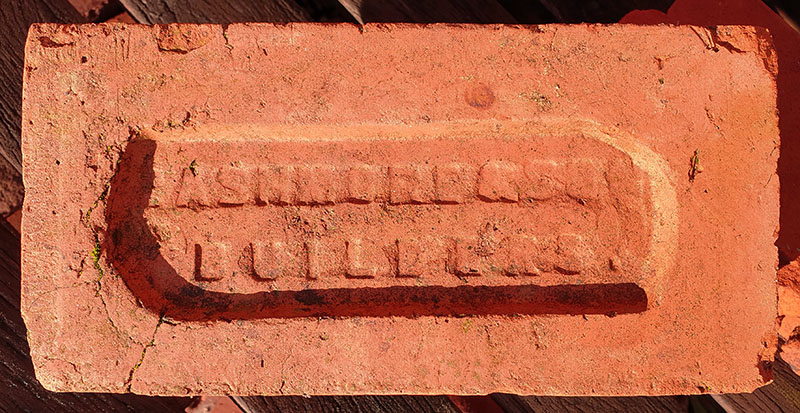
Cashmore & Son, Builders. Found near Leamington Spa by
Nigel Furniss.